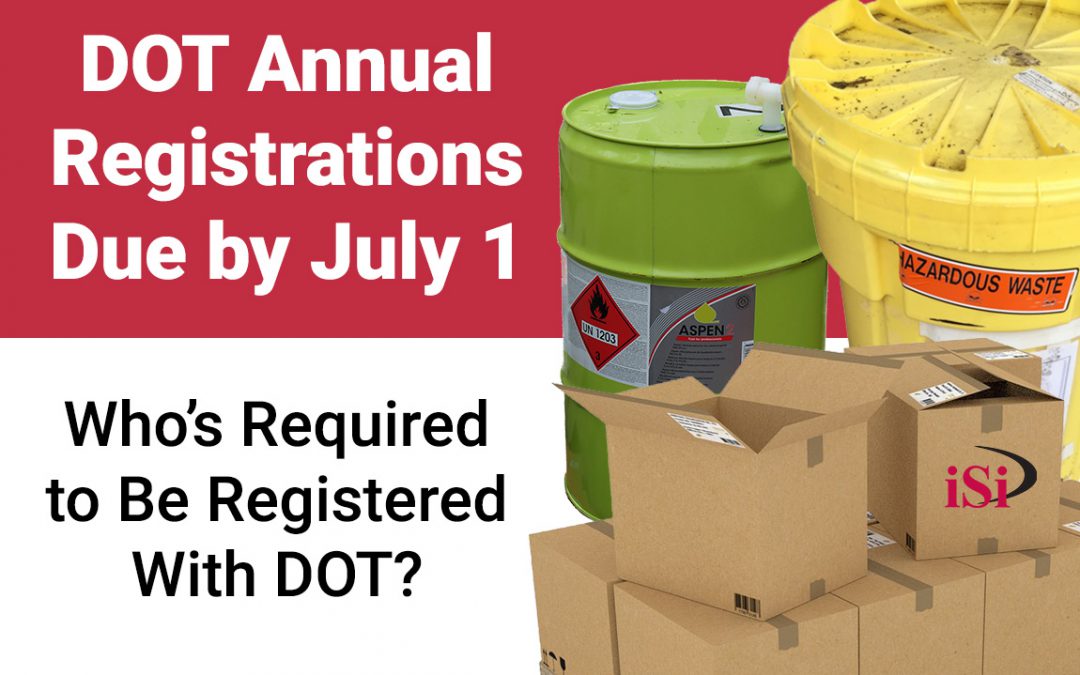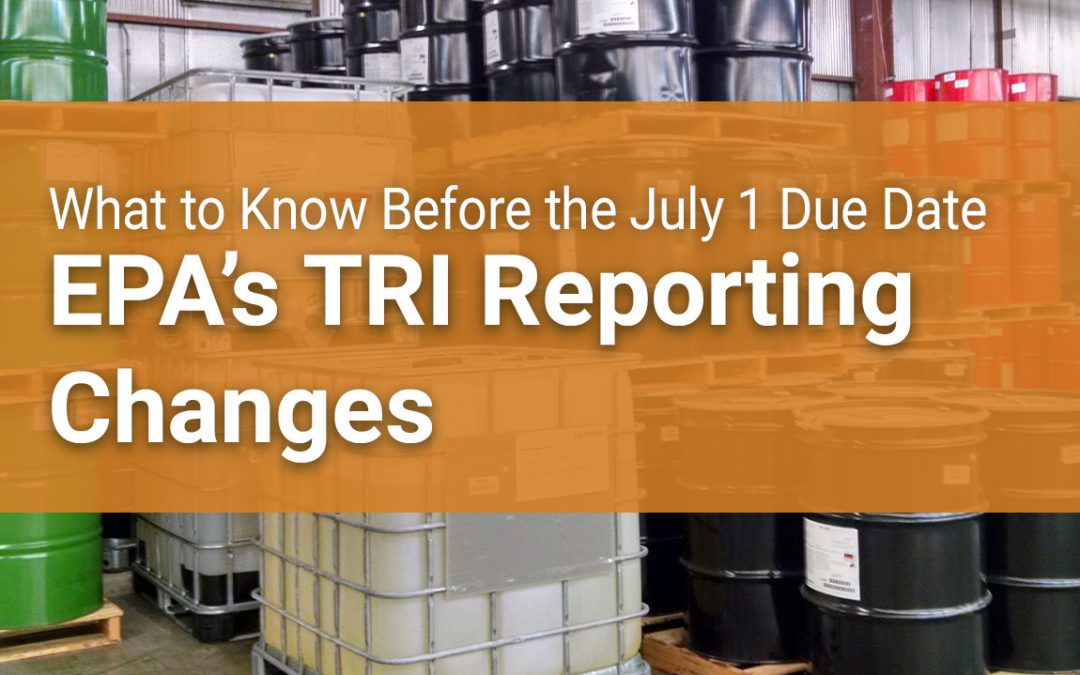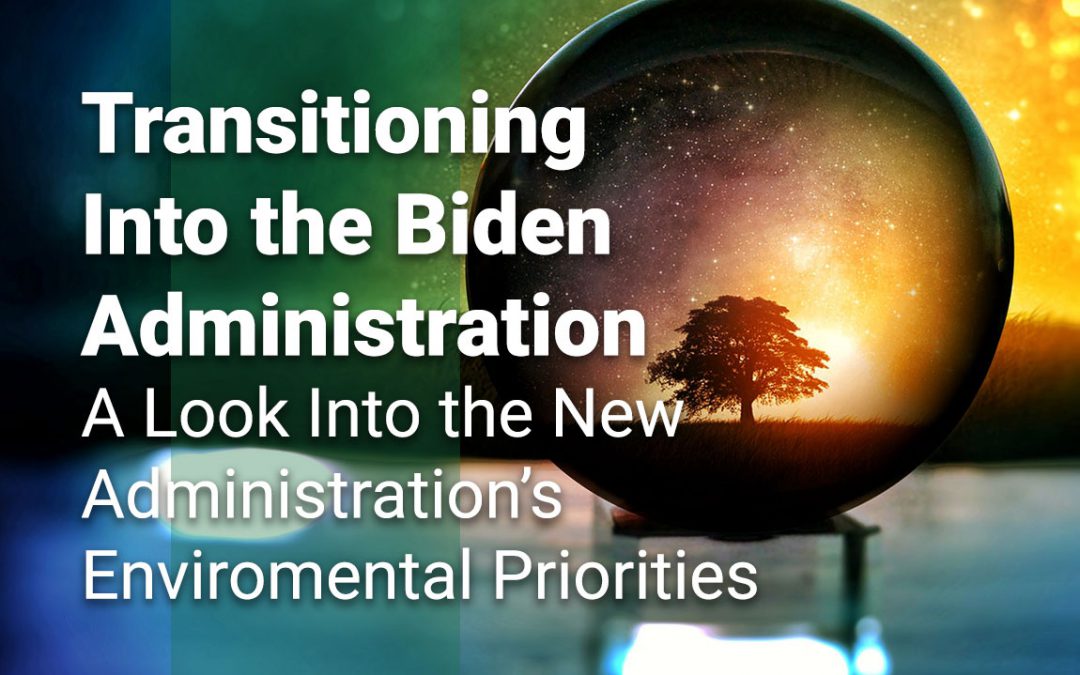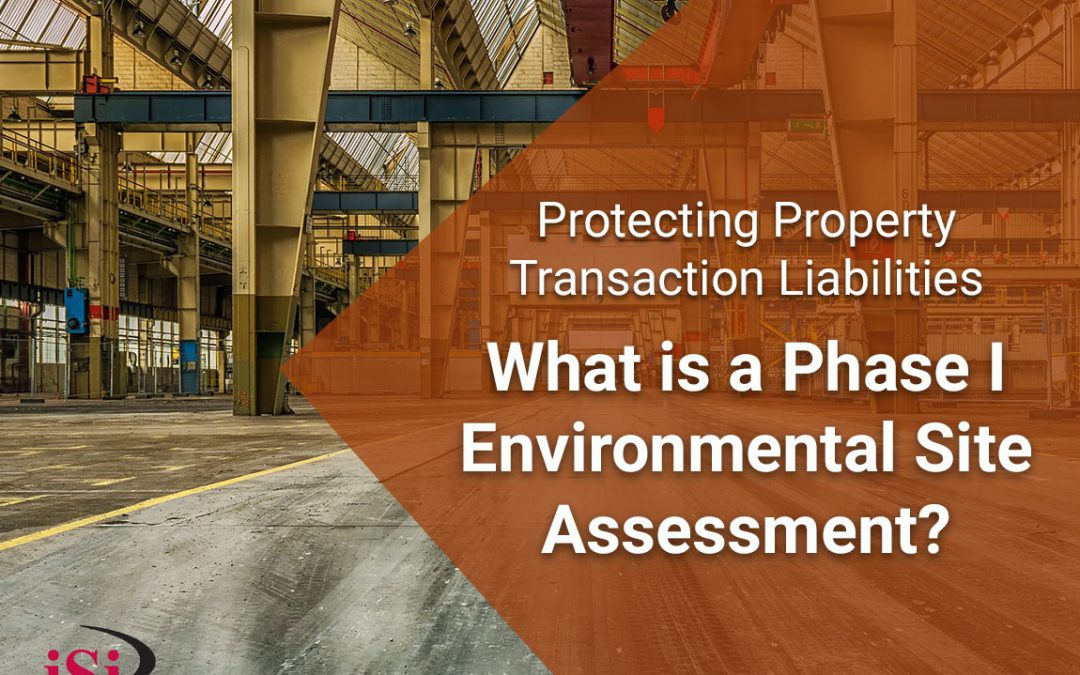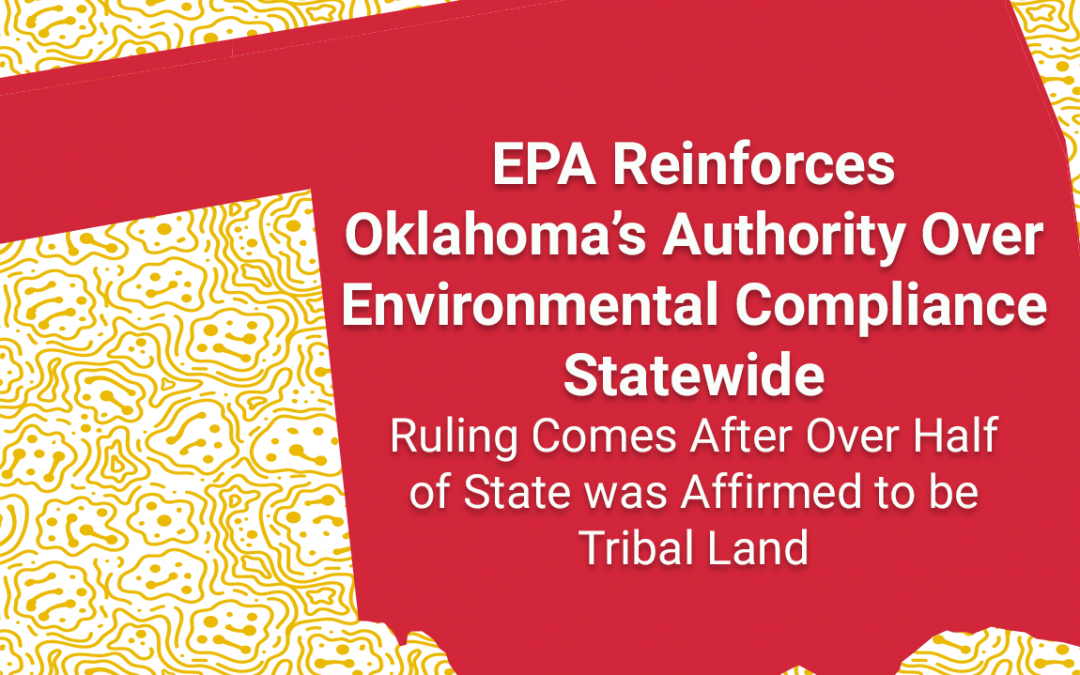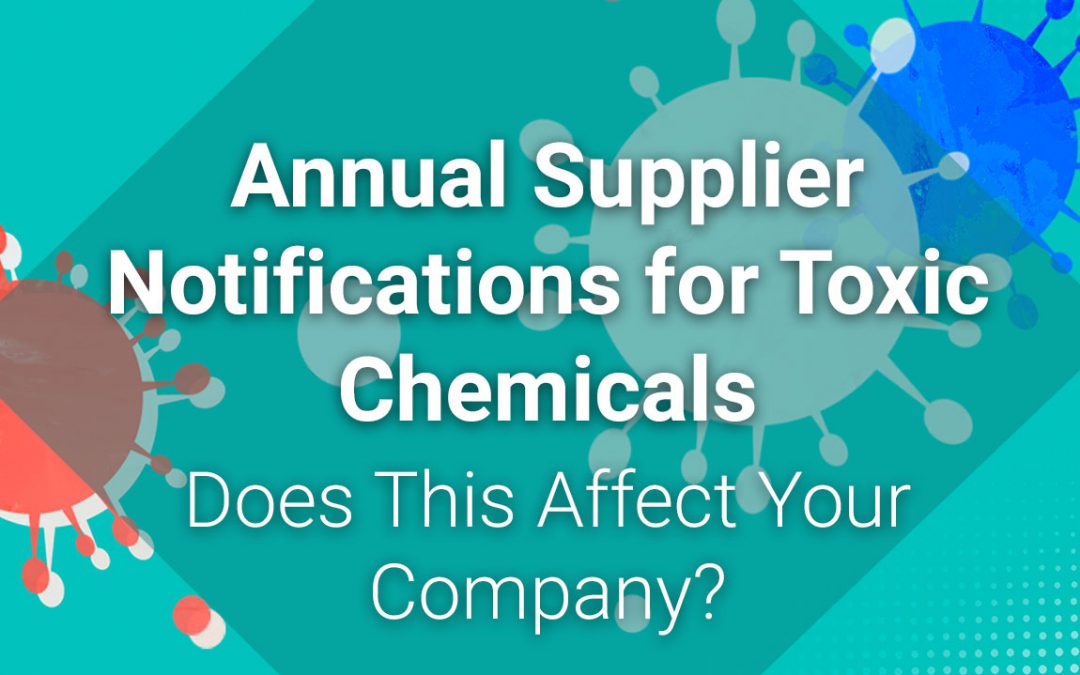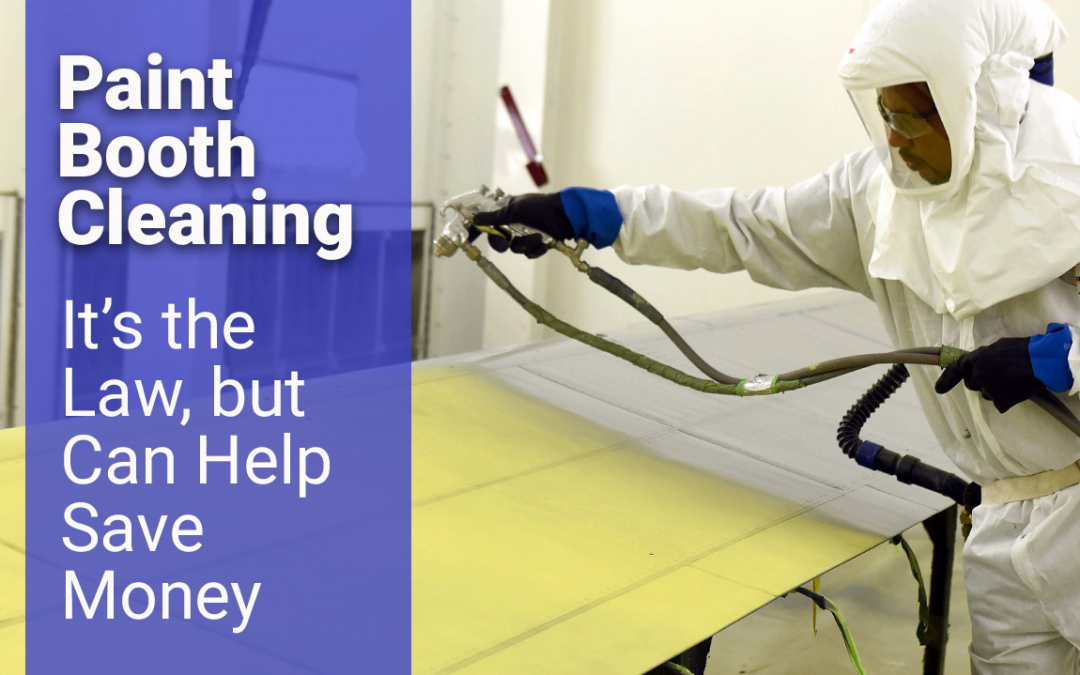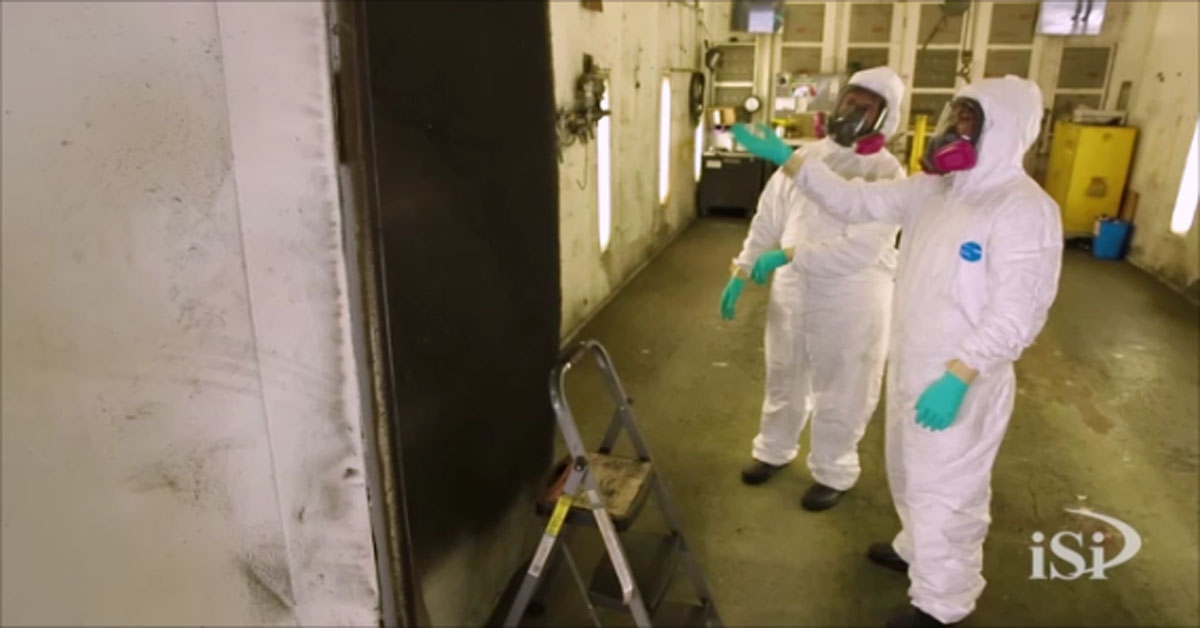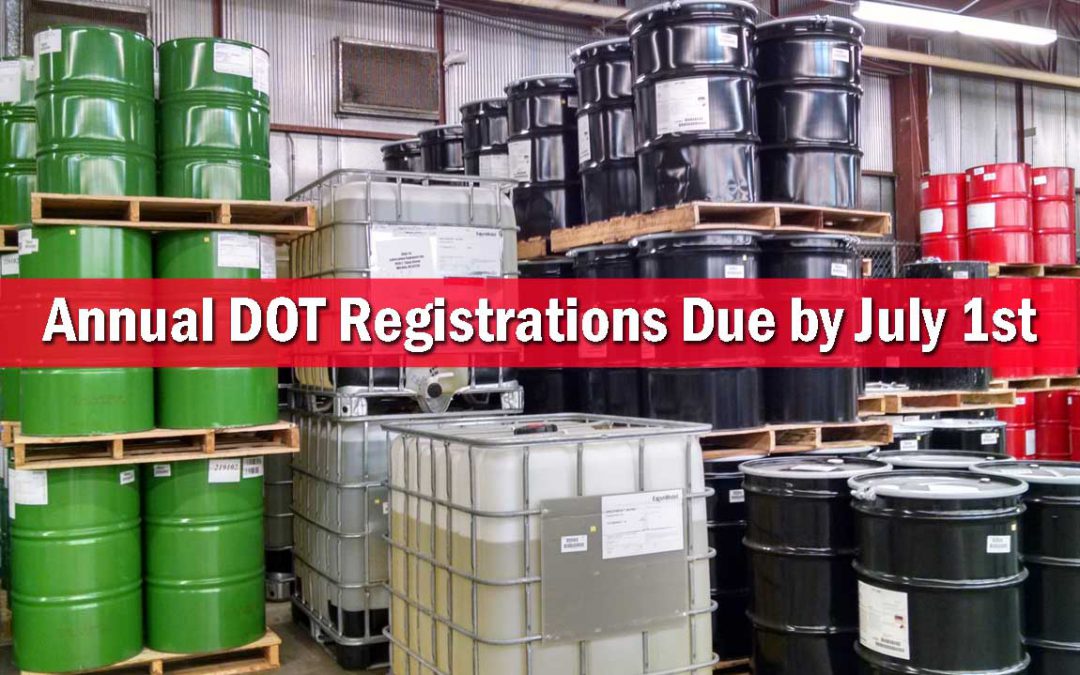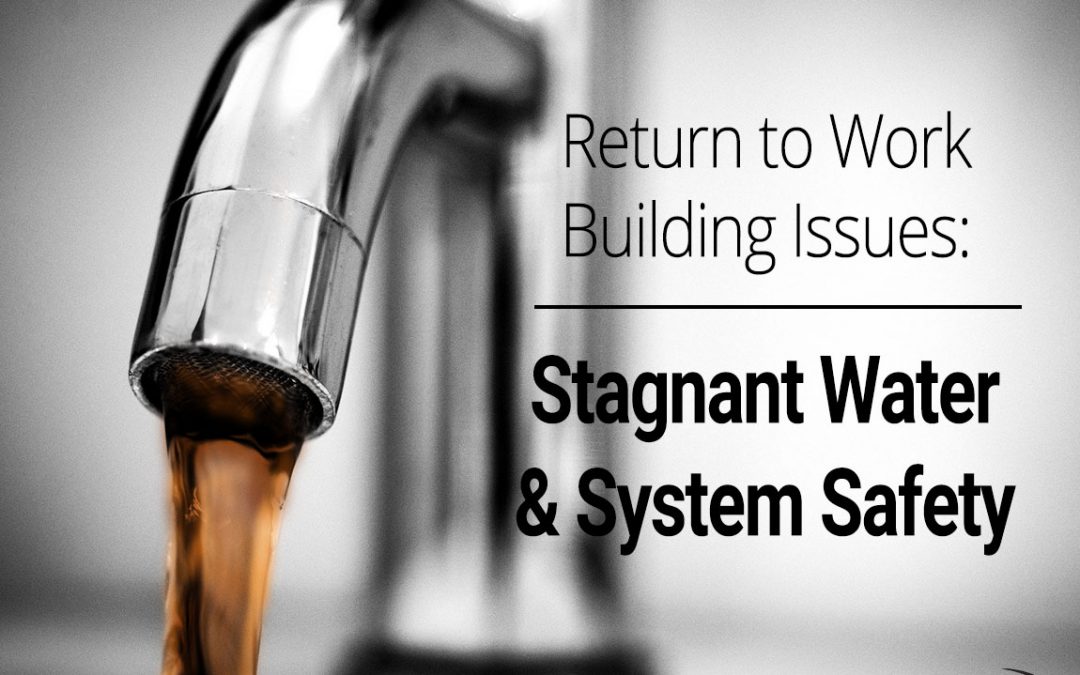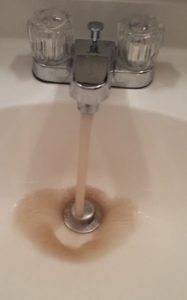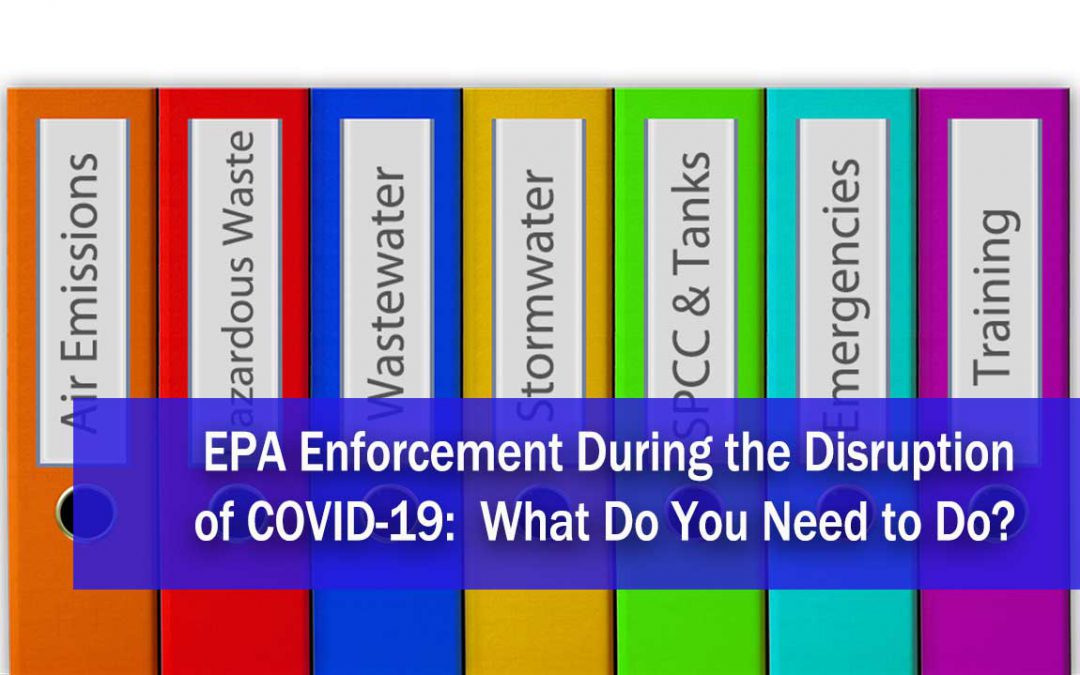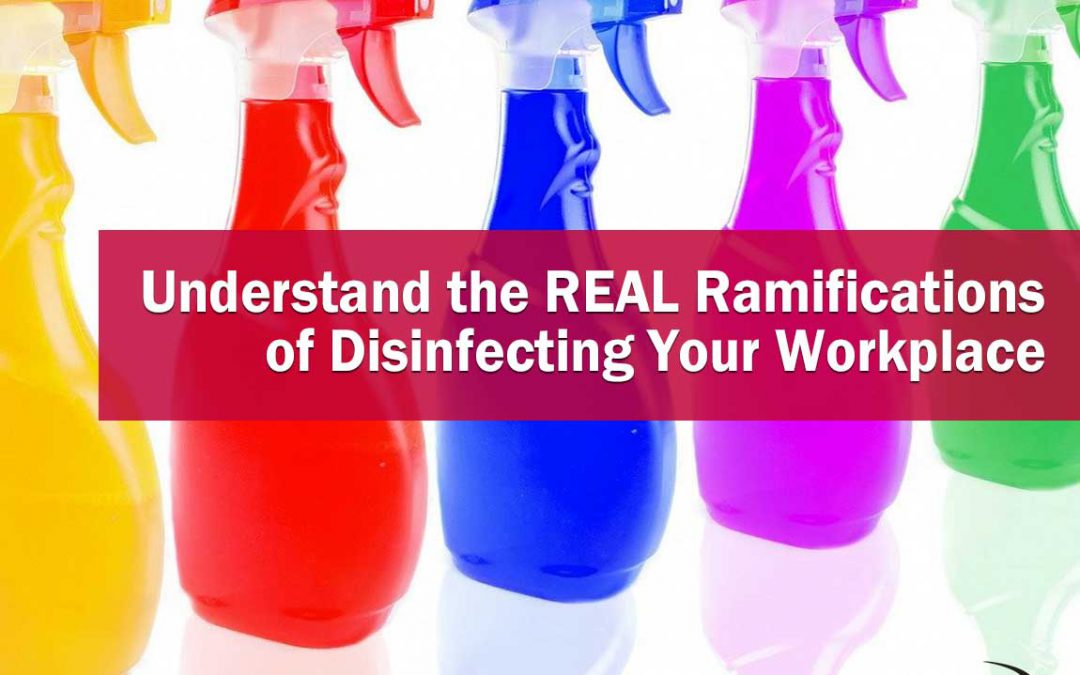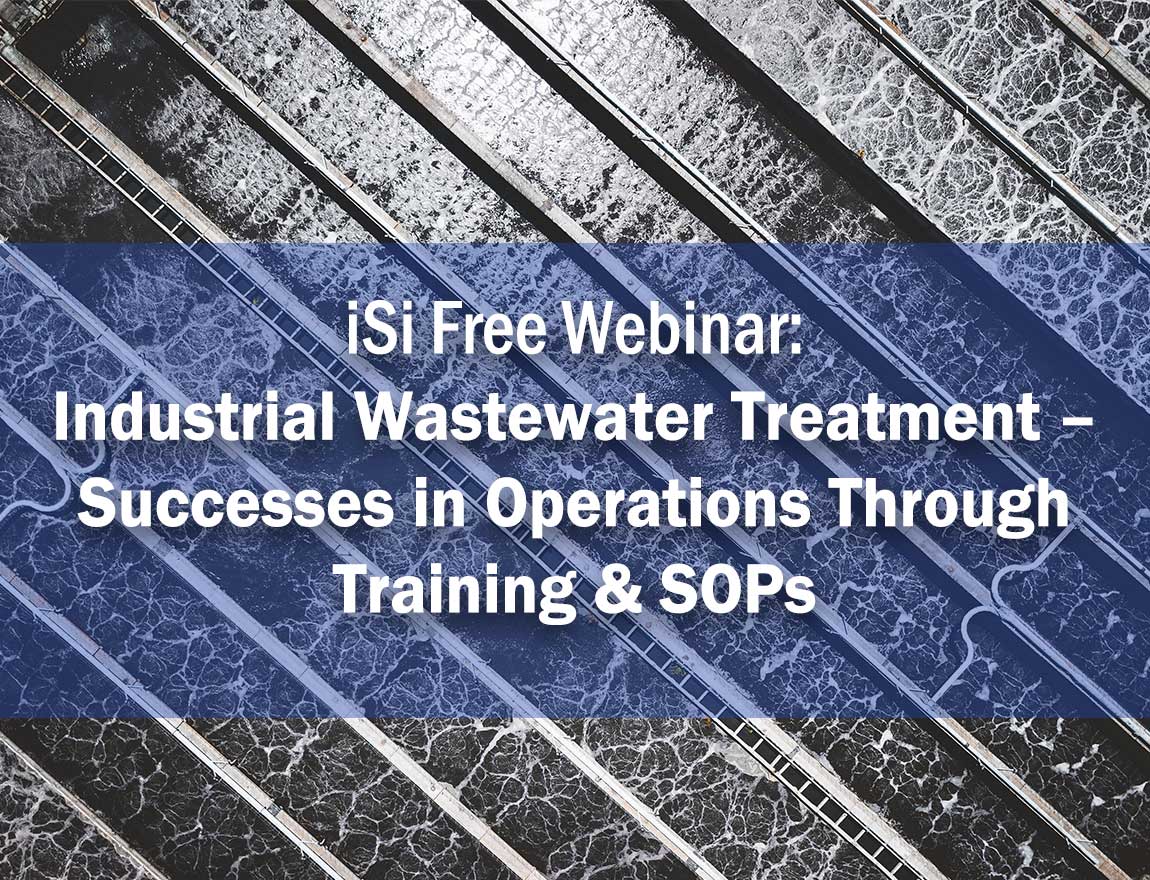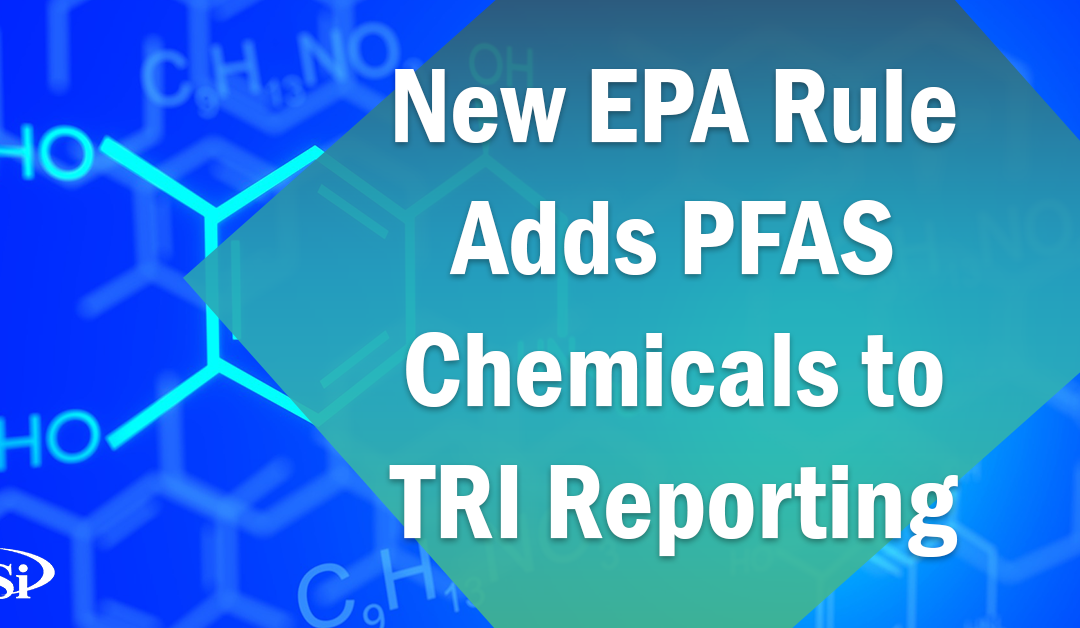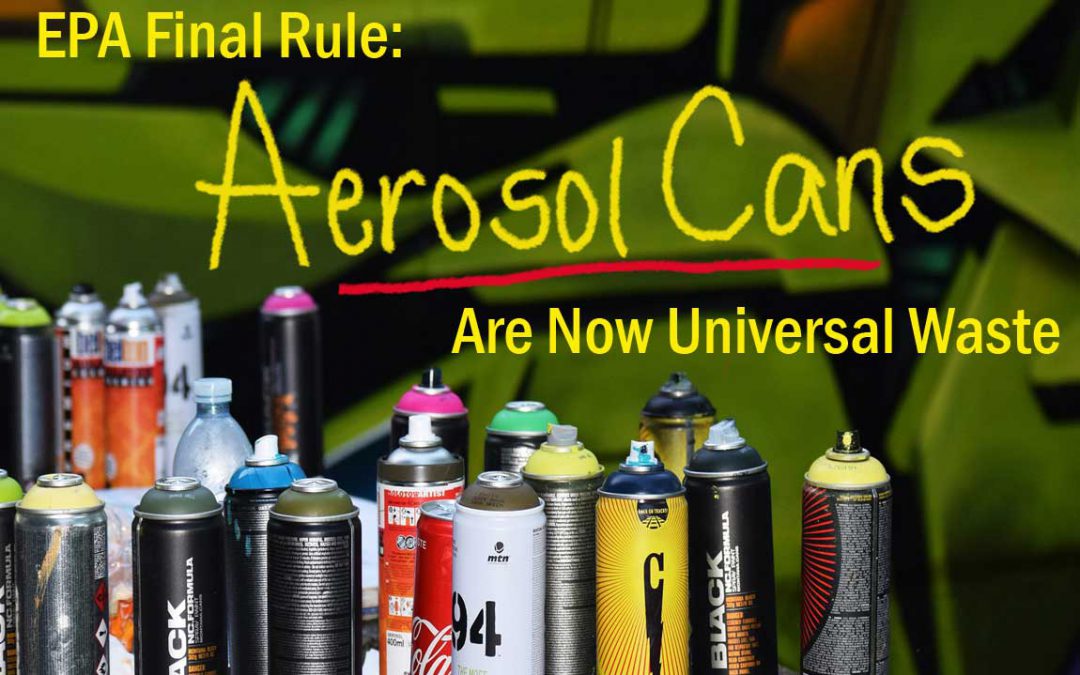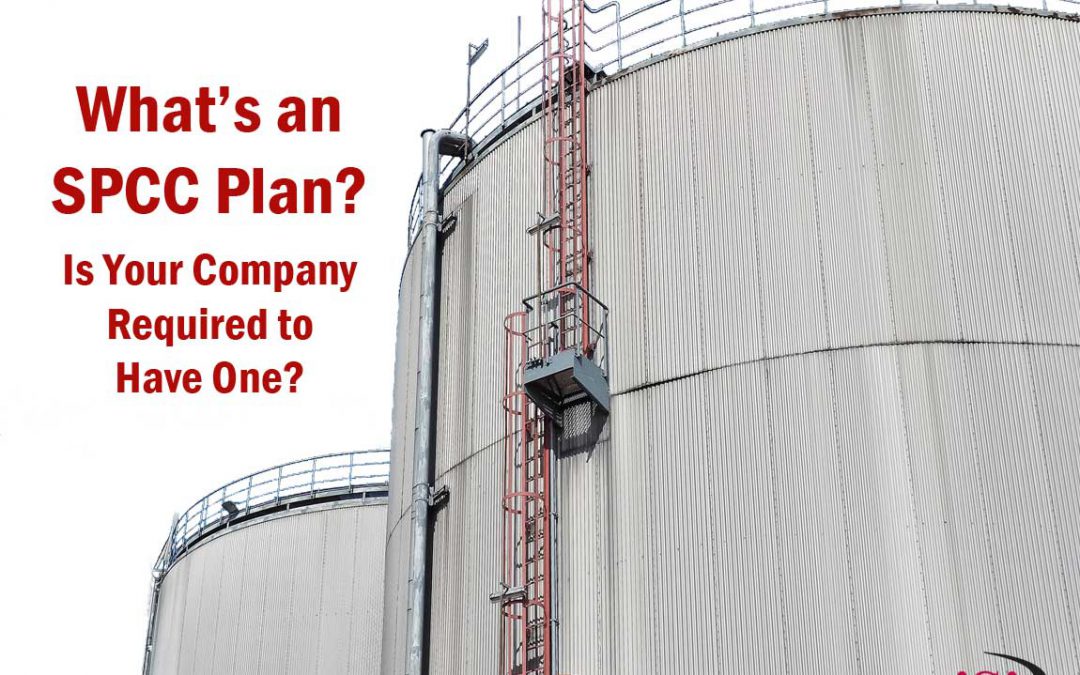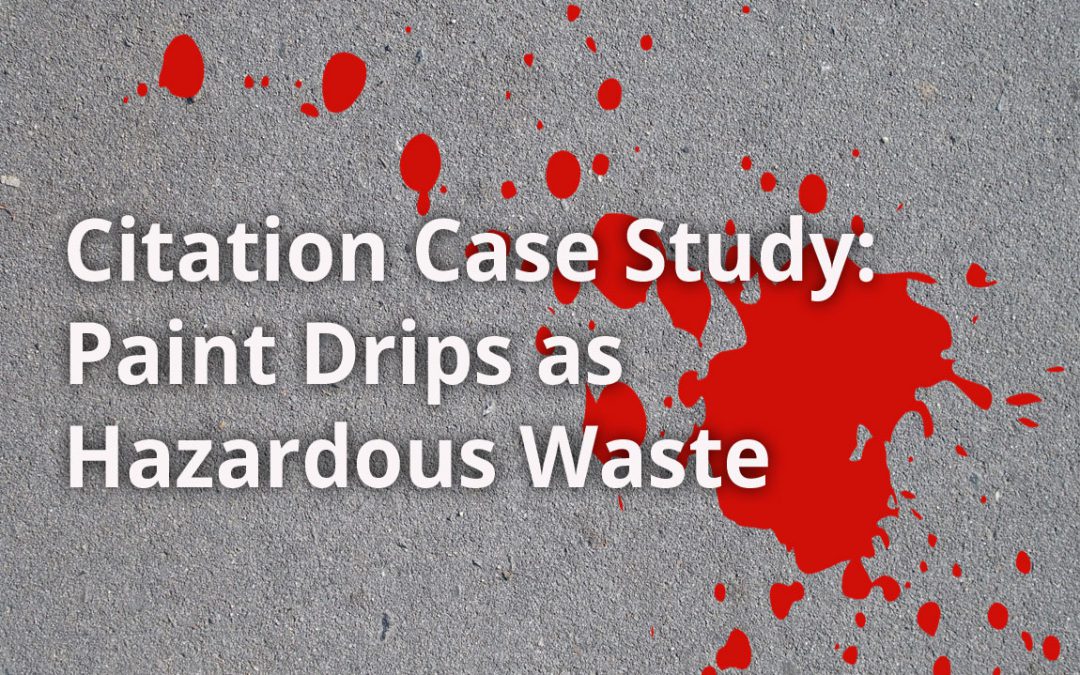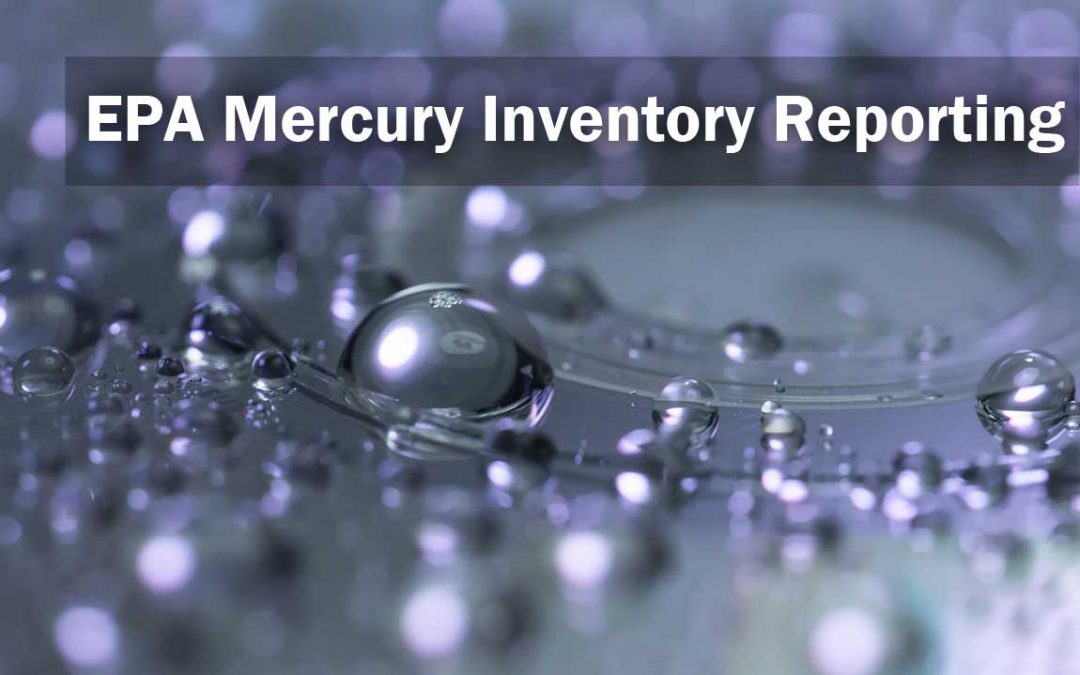
Which Emergency Response Plans are You Required to Develop for Your Facility?
Download a PDF Summary
Download a pdf copy of article that you can reference for later!
News to Your Inbox
Don’t miss upcoming EHS news! Sign up to receive our blog via email weekly!
In a review of environmental and safety regulations, you will find quite a few references to developing emergency response plans or emergency response procedures. Each one has its own purpose and its own requirements.
The following is a list of the most commonly required emergency plans, along with their standards reference and a brief description of each. Which ones apply to you?
EPA
Spill Prevention, Control and Countermeasures [40 CFR 112]
These plans, aka SPCC Plans, cover all types of oils, including petroleum, fuel oil, sludge, vegetable oils, mineral oils and synthetic oils. If your facility has the capacity aboveground of 1,320 gallons or more or underground capacity of 42,000 gallons or more, you quality for this regulation. Read more about SPCC Plans here.
Facility Response Plans [40 CFR 112]
If you have over 42,000 gallons of oils and are transferring them over water to/from vessels, or if you have over 1,000,000 gallons and meet certain criteria, you are required to additionally have a Facility Response Plan, or FRP. Both the SPCC and FRP are plans from the Federal Water Pollution Control Act.
Risk Management Plans [40 CFR 68]
Risk Management Plans, or RMPs, come from the Clean Air Act. These are for facilities such as chemical manufacturers, water treatment plants, cold storage facilities, and COOPs that store regulated substances in quantities greater than listed thresholds.
Hazardous Waste Contingency Plans [40 CFR 262]
A part of the RCRA hazardous waste regulations, these plans apply to both small and large quantity generators. The term “contingency plan” is only for large quantity generators. Small quantity generators don’t have a similar cool term but they still need to develop emergency procedures.
OSHA
Emergency Action Plans [29 CFR 1910.138]
Emergency Action plans are specifically mentioned in the regulations related to confined spaces, bloodborne pathogens, fire protection, lab safety, and medical services/first aid.
At a minimum, emergency action plans (EAPs) need to include procedures for:
- Reporting a fire or other emergency;
- Emergency evacuation, including type and exit routes;
- Employees who remain to operate in critical plant operations before they evacuate;
- Accounting for all employees after evacuation;
- Employees performing rescue or medical duties; and,
- Name and job title of every employee who may be contacted by employees who need more information about the plan or their duties under the plan.
HAZWOPER Emergency Response Plans [29 CFR 1910.120]
If your company has employees assigned to respond to releases of hazardous substances at any location, at their regular work location, or from a duty station such as a fire department, fire brigade, or emergency medical service, you are required to have an emergency response plan for this. The HAZWOPER plan has also been adopted by EPA’s SARA regulations at 40 CFR 311 for state and local government employees in federal-OSHA states and their volunteers.
Process Safety Emergency Planning [29 CFR 1910.119]
Workplaces subject to OSHA’s Process Safety Management standard are required to have emergency plans. These plans are not much different than the requirements of the EAPs, but it adds in requirements for small releases. Learn more about Process Safety Management here.
Fire Prevention Plans [29 CFR 1910.39]
When an OSHA standard requires a fire prevention plan, the requirements for the plan can be found in this standard. Some of these include standards for portable fire extinguishers, ethylene oxide, methylenedianiline and 1.3-butadiene.
OSHA Emergency Plan References for Specific Substances
The following OSHA standards for specific chemicals/materials reference emergency procedures:
- 13 Carcinogens [29 CFR 1910.1003(e)(4)(ii)] – Specific emergency procedures prescribed, posted, and employees shall be familiarized with their terms and rehearsed;
- Vinyl chloride [29 CFR 1910.1017(i)] – A written operational plan for emergency situations shall be developed for each facility storing, handling, or otherwise using vinyl chloride as a liquid or compressed gas;
- Beryllium [29 CFR 1910.1024(m)(4)(ii)] – Written exposure control plan which includes emergency procedures is required;
- Cadmium [29 CFR 1910.1027(h)] – Written plan required for dealing with substantial releases of airborne cadmium.
- 1,2-dibromo-3-chloropropane [29 CFR 1910.1044(i)(1)(i)] – A written plan for emergency situations shall be developed for each workplace in which DBCP is present;
- Acrylonitrile [29 CFR 1910.1045(i)(1)(i)] – A written plan for emergency situations shall be developed for each workplace where liquid AN is present. Appropriate portions of the plan shall be implemented in the event of an emergency;
- Ethylene oxide [29 CFR 1910.1047(h)(1)(i)] – A written plan for emergency situations shall be developed for each workplace where there is a possibility of an emergency. Appropriate portions of the plan shall be implemented in the event of an emergency;
- Formaldehyde [29 CFR 1910.1048(n)(4)(i)] – Must have written training materials available and within those training materials is a review of emergency procedures including the specific duties or assignments of each employee in the event of an emergency;
- Methylenedianiline [29 CFR 1910.1050(d)(1)(i)] – A written plan for emergency situations shall be developed for each workplace where there is a possibility of an emergency. Appropriate portions of the plan shall be implemented in the event of an emergency; and,
- 1,3-Butadiene [29 CFR 1910.1051(j)] – Emergency situations. Written plan. A written plan for emergency situations shall be developed, or an existing plan shall be modified, to contain the applicable elements specified in 29 CFR 1910.38 and 29 CFR 1910.39, “Emergency action plans” and “Fire prevention plans,” respectively, and in 29 CFR 1910.120, “Hazardous Waste Operations and Emergency Response,” for each workplace where there is the possibility of an emergency.
Other Agencies’ Emergency Response Plans
There are a number of other agencies that require emergency plans or procedures depending on what you are doing or what you have onsite.
- Department of Transportation Research and Special Programs Administration (RSPA) Pipeline Response Plan [49 CFR Part 194] – For onshore oil pipelines that could discharge oil into or on any navigable waters of the U.S. or adjoining shorelines;
- Coast Guard Facility Response Plan [33 CFR 154, Subpart F] – For marine transportation-related facilities that could discharge oil into or on navigable waters, shorelines or exclusive economic zones.
- Department of the Interior Minerals Management Service Facility Response Plan [30 CFR Part 254] – For owners or operators of oil handling, storage or transportation facilities located seaward of the coast line;
- FEMA Emergency Operation Plan [44 CFR Part 302] – For jurisdictions receiving emergency management performance grants by FEMA;
- Federal Radiological Emergency Response Plan [10 CFR Part 50] – Related to potential accidents involving nuclear material; and,
- State-specific plans.
A Combined Plan to Satisfy Multiple Requirements
As a company, you may need to prepare a number of these plans, and some of them can have the same overlapping requirements. Having multiple plans could be a nightmare to keep track of if your facility was required to have several. Seeing this, a collection of agencies forming the National Response Team developed a guidance for a “one plan” option.
The National Response Team, or NRT, is made up of EPA, OSHA, the Coast Guard, the Minerals Management Service, and DOT’s RSPA. EPA is the chair of the NRT. They issued guidance for Integrated Contingency Plans, or ICPs.
ICPs apply to oils and non-radiological hazardous substances. You can make one ICP that can covers all of the following emergency response plans into one plan.
- SPCC Plan
- EPA Facility Response Plan
- EPA Risk Management Plan
- Hazardous Waste Contingency Plan
- OSHA Emergency Action Plan
- OSHA HAZWOPER
- OSHA Process Safety Emergency Plan
- DOT Pipeline Response Plan
- Coast Guard Facility Response Plan
- Minerals Management Service Facility Response Plan
This helps consolidate the overlap, but you will need to make sure you include all of the elements that are required in these plans. The NRT suggests that you also incorporate your state and local-specific emergency response procedures into this plan as well. You are still free to hold separate plans, but the NRT has provided this option to help you demonstrate compliance.
Where Do You Go for More Info?
We will be breaking all of these different plans out and explaining them further in future blog posts.
In the meantime, if you have questions, need help sorting through which plans you need, need assistance in pulling something together or consolidating your current plans into an ICP, iSi can help. Not only can we help determine the plans you need, but we can write them, organize them and double check them for you too. Contact us today for more information and a price quote!
In a review of environmental and safety regulations, you will find quite a few references to developing emergency response plans or emergency response procedures. Each one has its own purpose and its own requirements.
The following is a list of the most commonly required emergency plans, along with their standards reference and a brief description of each. Which ones apply to you?
EPA
Spill Prevention, Control and Countermeasures [40 CFR 112]
These plans, aka SPCC Plans, cover all types of oils, including petroleum, fuel oil, sludge, vegetable oils, mineral oils and synthetic oils. If your facility has the capacity aboveground of 1,320 gallons or more or underground capacity of 42,000 gallons or more, you quality for this regulation. Read more about SPCC Plans here.
Facility Response Plans [40 CFR 112]
If you have over 42,000 gallons of oils and are transferring them over water to/from vessels, or if you have over 1,000,000 gallons and meet certain criteria, you are required to additionally have a Facility Response Plan, or FRP. Both the SPCC and FRP are plans from the Federal Water Pollution Control Act.
Risk Management Plans [40 CFR 68]
Risk Management Plans, or RMPs, come from the Clean Air Act. These are for facilities such as chemical manufacturers, water treatment plants, cold storage facilities, and COOPs that store regulated substances in quantities greater than listed thresholds.
Hazardous Waste Contingency Plans [40 CFR 262]
A part of the RCRA hazardous waste regulations, these plans apply to both small and large quantity generators. The term “contingency plan” is only for large quantity generators. Small quantity generators don’t have a similar cool term but they still need to develop emergency procedures.
OSHA
Emergency Action Plans [29 CFR 1910.138]
Emergency Action plans are specifically mentioned in the regulations related to confined spaces, bloodborne pathogens, fire protection, lab safety, and medical services/first aid.
At a minimum, emergency action plans (EAPs) need to include procedures for:
- Reporting a fire or other emergency;
- Emergency evacuation, including type and exit routes;
- Employees who remain to operate in critical plant operations before they evacuate;
- Accounting for all employees after evacuation;
- Employees performing rescue or medical duties; and,
- Name and job title of every employee who may be contacted by employees who need more information about the plan or their duties under the plan.
HAZWOPER Emergency Response Plans [29 CFR 1910.120]
If your company has employees assigned to respond to releases of hazardous substances at any location, at their regular work location, or from a duty station such as a fire department, fire brigade, or emergency medical service, you are required to have an emergency response plan for this. The HAZWOPER plan has also been adopted by EPA’s SARA regulations at 40 CFR 311 for state and local government employees in federal-OSHA states and their volunteers.
Process Safety Emergency Planning [29 CFR 1910.119]
Workplaces subject to OSHA’s Process Safety Management standard are required to have emergency plans. These plans are not much different than the requirements of the EAPs, but it adds in requirements for small releases. Learn more about Process Safety Management here.
Fire Prevention Plans [29 CFR 1910.39]
When an OSHA standard requires a fire prevention plan, the requirements for the plan can be found in this standard. Some of these include standards for portable fire extinguishers, ethylene oxide, methylenedianiline and 1.3-butadiene.
OSHA Emergency Plan References for Specific Substances
The following OSHA standards for specific chemicals/materials reference emergency procedures:
- 13 Carcinogens [29 CFR 1910.1003(e)(4)(ii)] – Specific emergency procedures prescribed, posted, and employees shall be familiarized with their terms and rehearsed;
- Vinyl chloride [29 CFR 1910.1017(i)] – A written operational plan for emergency situations shall be developed for each facility storing, handling, or otherwise using vinyl chloride as a liquid or compressed gas;
- Beryllium [29 CFR 1910.1024(m)(4)(ii)] – Written exposure control plan which includes emergency procedures is required;
- Cadmium [29 CFR 1910.1027(h)] – Written plan required for dealing with substantial releases of airborne cadmium.
- 1,2-dibromo-3-chloropropane [29 CFR 1910.1044(i)(1)(i)] – A written plan for emergency situations shall be developed for each workplace in which DBCP is present;
- Acrylonitrile [29 CFR 1910.1045(i)(1)(i)] – A written plan for emergency situations shall be developed for each workplace where liquid AN is present. Appropriate portions of the plan shall be implemented in the event of an emergency;
- Ethylene oxide [29 CFR 1910.1047(h)(1)(i)] – A written plan for emergency situations shall be developed for each workplace where there is a possibility of an emergency. Appropriate portions of the plan shall be implemented in the event of an emergency;
- Formaldehyde [29 CFR 1910.1048(n)(4)(i)] – Must have written training materials available and within those training materials is a review of emergency procedures including the specific duties or assignments of each employee in the event of an emergency;
- Methylenedianiline [29 CFR 1910.1050(d)(1)(i)] – A written plan for emergency situations shall be developed for each workplace where there is a possibility of an emergency. Appropriate portions of the plan shall be implemented in the event of an emergency; and,
- 1,3-Butadiene [29 CFR 1910.1051(j)] – Emergency situations. Written plan. A written plan for emergency situations shall be developed, or an existing plan shall be modified, to contain the applicable elements specified in 29 CFR 1910.38 and 29 CFR 1910.39, “Emergency action plans” and “Fire prevention plans,” respectively, and in 29 CFR 1910.120, “Hazardous Waste Operations and Emergency Response,” for each workplace where there is the possibility of an emergency.
Other Agencies’ Emergency Response Plans
There are a number of other agencies that require emergency plans or procedures depending on what you are doing or what you have onsite.
- Department of Transportation Research and Special Programs Administration (RSPA) Pipeline Response Plan [49 CFR Part 194] – For onshore oil pipelines that could discharge oil into or on any navigable waters of the U.S. or adjoining shorelines;
- Coast Guard Facility Response Plan [33 CFR 154, Subpart F] – For marine transportation-related facilities that could discharge oil into or on navigable waters, shorelines or exclusive economic zones.
- Department of the Interior Minerals Management Service Facility Response Plan [30 CFR Part 254] – For owners or operators of oil handling, storage or transportation facilities located seaward of the coast line;
- FEMA Emergency Operation Plan [44 CFR Part 302] – For jurisdictions receiving emergency management performance grants by FEMA;
- Federal Radiological Emergency Response Plan [10 CFR Part 50] – Related to potential accidents involving nuclear material; and,
- State-specific plans.
A Combined Plan to Satisfy Multiple Requirements
As a company, you may need to prepare a number of these plans, and some of them can have the same overlapping requirements. Having multiple plans could be a nightmare to keep track of if your facility was required to have several. Seeing this, a collection of agencies forming the National Response Team developed a guidance for a “one plan” option.
The National Response Team, or NRT, is made up of EPA, OSHA, the Coast Guard, the Minerals Management Service, and DOT’s RSPA. EPA is the chair of the NRT. They issued guidance for Integrated Contingency Plans, or ICPs.
ICPs apply to oils and non-radiological hazardous substances. You can make one ICP that can covers all of the following emergency response plans into one plan.
- SPCC Plan
- EPA Facility Response Plan
- EPA Risk Management Plan
- Hazardous Waste Contingency Plan
- OSHA Emergency Action Plan
- OSHA HAZWOPER
- OSHA Process Safety Emergency Plan
- DOT Pipeline Response Plan
- Coast Guard Facility Response Plan
- Minerals Management Service Facility Response Plan
This helps consolidate the overlap, but you will need to make sure you include all of the elements that are required in these plans. The NRT suggests that you also incorporate your state and local-specific emergency response procedures into this plan as well. You are still free to hold separate plans, but the NRT has provided this option to help you demonstrate compliance.
Where Do You Go for More Info?
We will be breaking all of these different plans out and explaining them further in future blog posts.
In the meantime, if you have questions, need help sorting through which plans you need, need assistance in pulling something together or consolidating your current plans into an ICP, iSi can help. Not only can we help determine the plans you need, but we can write them, organize them and double check them for you too. Contact us today for more information and a price quote!
Download a PDF Summary
Download a pdf copy of article that you can reference for later!
News to Your Inbox
Don’t miss upcoming EHS news! Sign up to receive our blog via email weekly!


Contributing:
Curtis Leiker, CSP
Certified Safety Professional | ISO 45001 and 14001 Lead Auditor
Curtis Leiker, CSP is a project manager at iSi Environmental. Besides assisting companies with ISO 14001 and 45001 implementation, Curtis manages environmental and safety programs, reporting and compliance issues for aviation, general industry and agricultural facilities. He’s able to see the big picture, but focus on the details and enjoys working to solve EHS issues.
